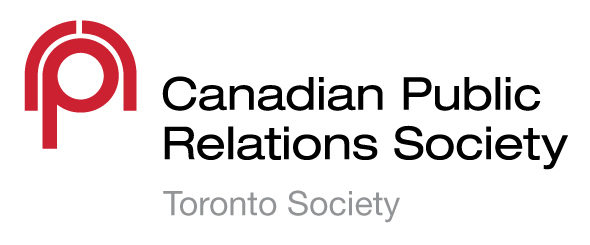Announcing the Winners of the 2025 Canadian Public Relations Society (CPRS) Toronto Chapter’s Achieving Communications Excellence (ACE) Awards
Edery & Lord Communications win Best in Show Campaign. Paradigm and Edgewell take home Top Creative Campaign of the Year
TORONTO, May 21, 2025 – The Canadian Public Relations Society (CPRS) Toronto Chapter has announced the winners of the 2025 annual ACE Awards. The prestigious awards celebrate the industry’s top communicators and public relations programs and campaigns from the past year.
The ACE Awards Gala was held last night at The Carlu in Toronto, during which 25 gold, 53 silver and 56 bronze trophies were presented to PR professionals from the Greater Toronto Area.
“Congratulations to all the 2025 ACE Awards finalists and winners,” said Andrea Chrysanthou, President of the CPRS Toronto Chapter. “We received more than 150 incredible entries highlighting this year’s most creative and impactful campaigns. They all demonstrate the exceptional level of expertise within our industry.”





